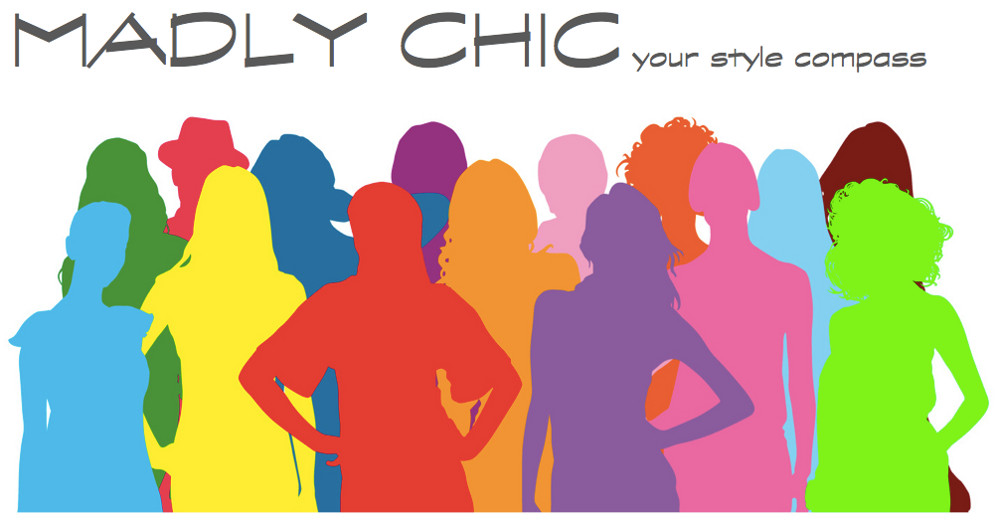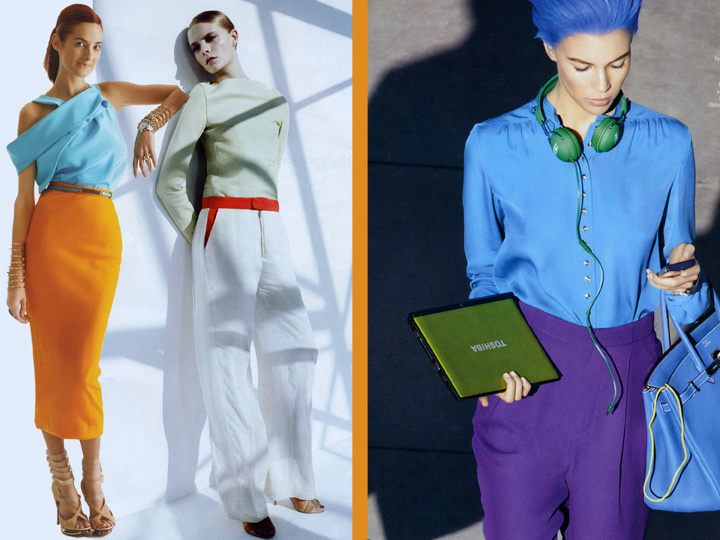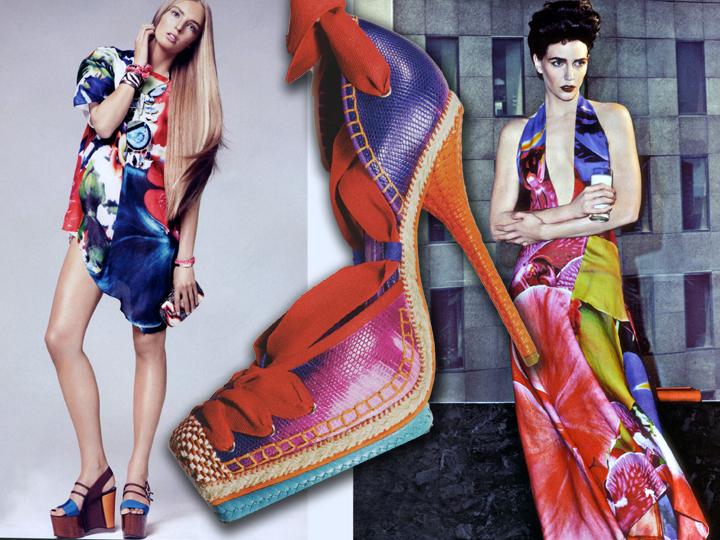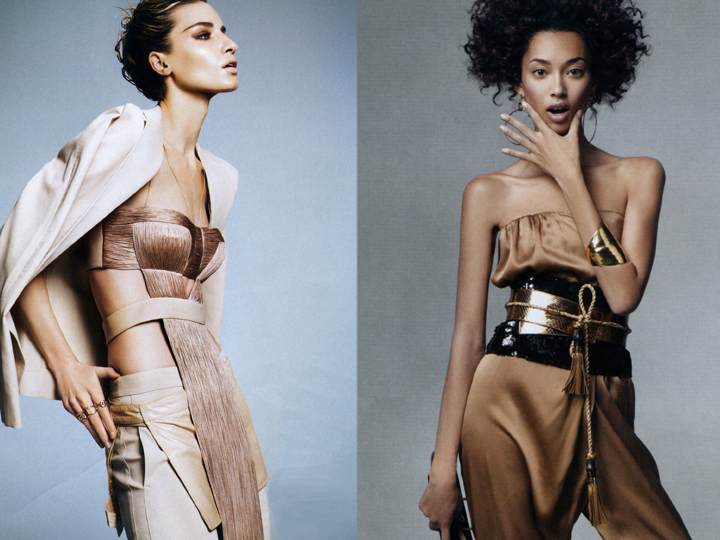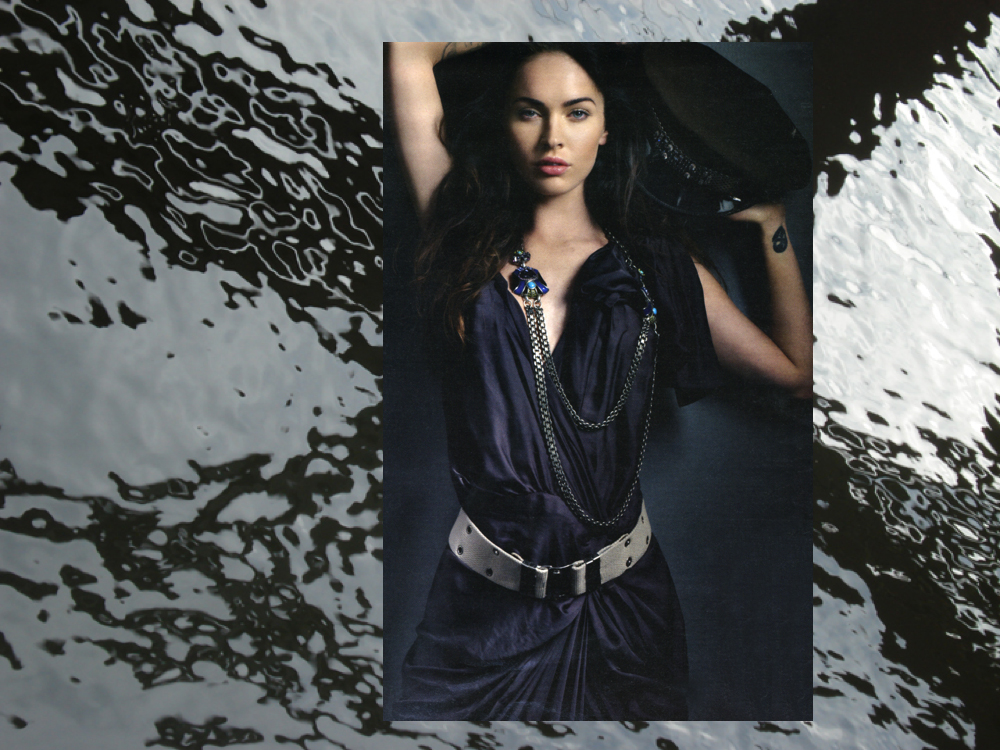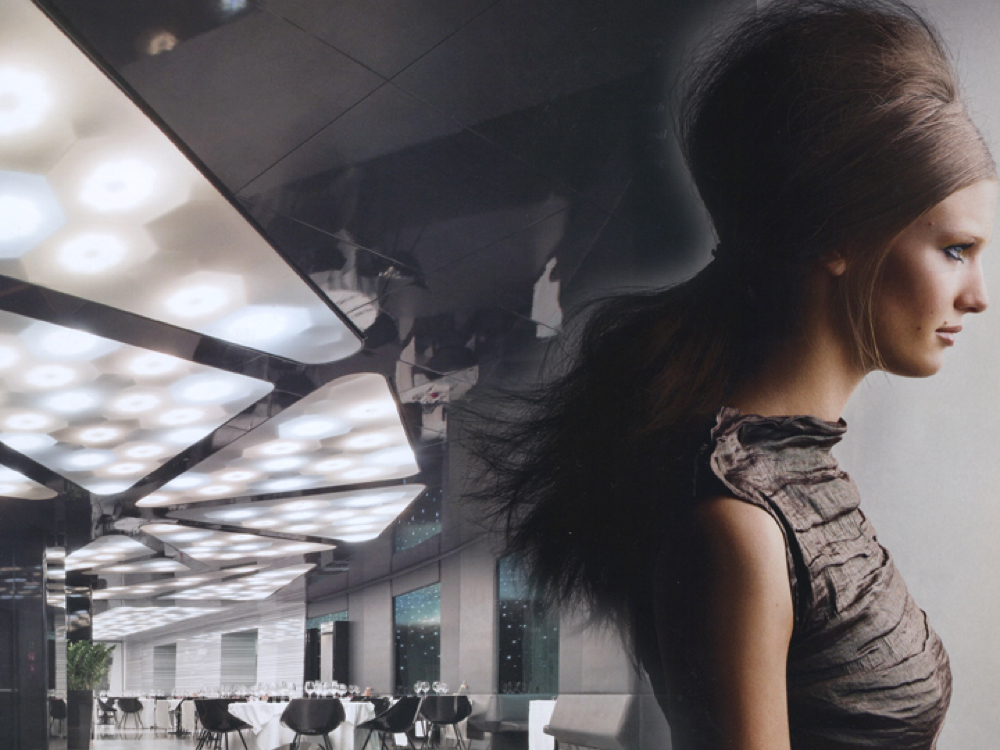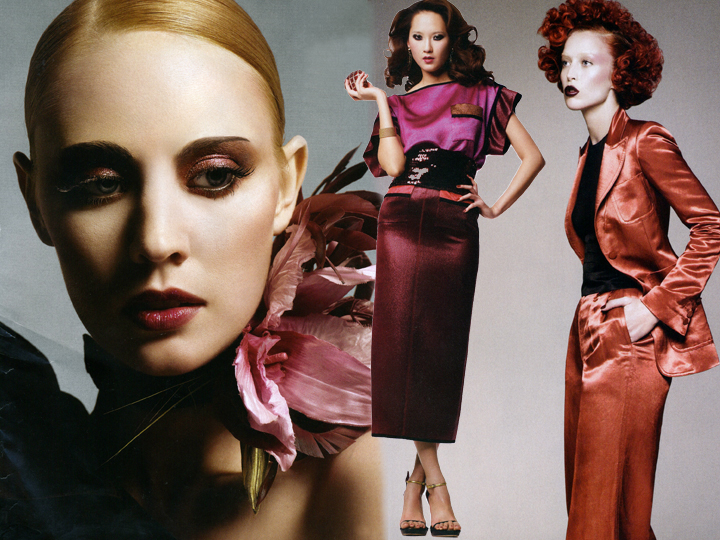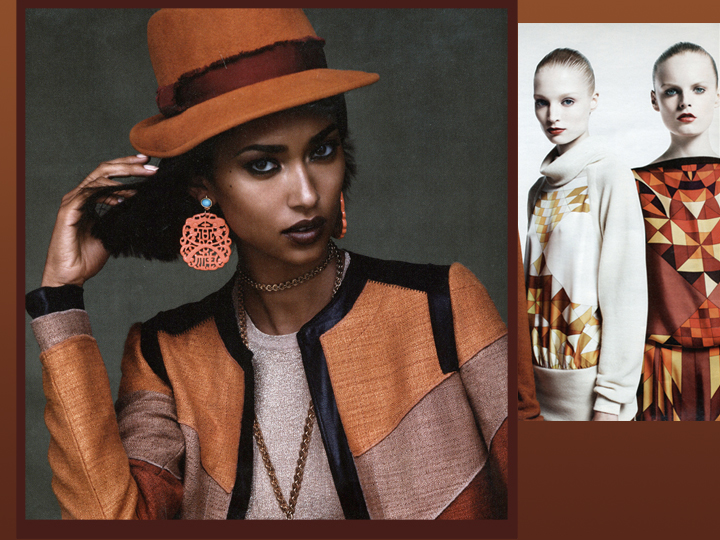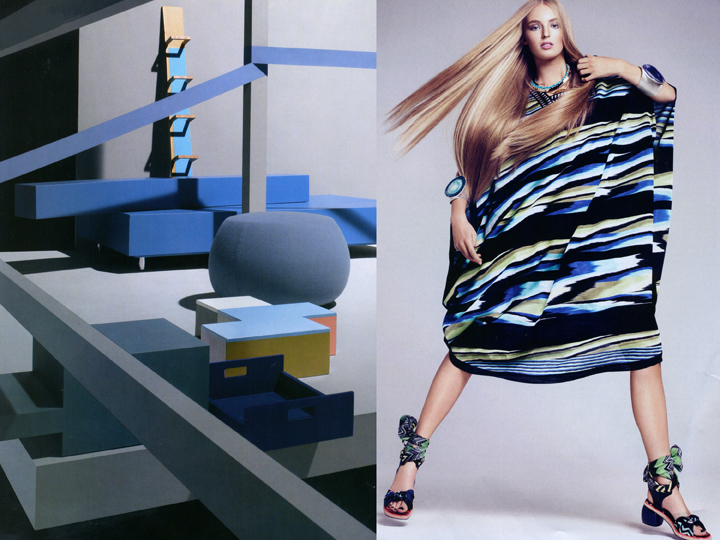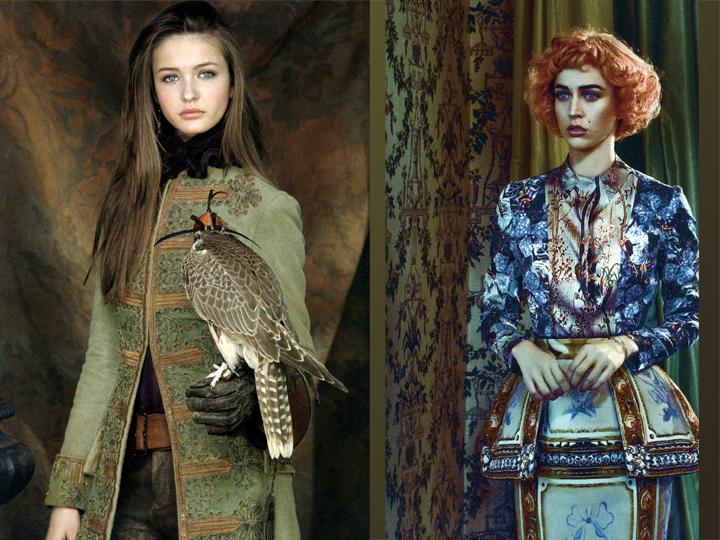I met Neville Bean, a trend consultant, several years ago when I was studying fashion styling and image consulting at the Fashion Institute of Technology (FIT). She has assisted clients in the fashion industry with targeted design and customized trend consulting for over 20 years. She helps clients bridge the creative gap between inspiration and concrete product development. Each season her company researches key themes, important color directions and looks for emerging trends in the world around us, then works collaboratively with fashion companies to develop on-trend products.
I asked Neville to explain color trends to Madly Chic readers. This is not a post about the fall trends (that’s coming too!). This is a fashion industry insider’s view about how color trends develop. Cool, right? Without further ado, here is Neville…
The key to understanding color trends is to realize that they don’t exist on their own. They are always seen in context. Trends influence each other. They are like a river, one trend flows into another.
One of the reasons there is any consensus is that we are all influenced and inspired by our world together. We are building on the same trend directions, albeit from our own unique perspectives. Active sports, for instance, are a big inspiration with regard to color, performance features, fabric and silhouette beyond the boundaries of that specific market.
Color trending starts with examining the current season. Designers ask certain questions such as:
- What is the bright this season? There is always a bright story. Sometimes it’s jewel tones or sorbet or neon, but it’s always there.
- What is the neutral that counterbalances the bright? Neutrals are an offshoot of a skin color – cream, blush, brown – and so, for instance, it’s important to see how they fit into the bright story going forward.
- What is the dark or black of the season? There is often a color that replaces black as the most prominent base color for that season. (You’ve probably heard people say navy or grey or another color is the “new black.”) Going forward, black will morph into rich, blackened shades, such as blackened plum and spruce.
The color trends actually evolve slowly over time. A bright-on-bright color story will evolve into a bright-on-neutral color story that will evolve into bright accents. And the neutrals evolve as well. A cream can evolve into a blush that will evolve into a British khaki to coordinate with the plums and pinks.
For example, hot pink was the hot color a couple seasons ago. There are two directions that hot pink can evolve, either towards (warm) coral shades or towards (cool) purple shades. In this case, the blue-cast hot pink evolved into a yellow-cast coral that evolved into yellow. And, if a color starts looking “old” on the sales floor, it can look fresh again by mixing it differently.
There is always a pink story (red or orange fall into a pink story too). It’s a question of how to evolve that color and pair it off with other trends, how to meld them together.
In every collection there are a series of stories that reflect different moods and energy. There could be a frosty neutral story, a richly tactile jeweltone story or a hard-edge graphic story. Groups are merchandised in the store to draw in the customer by communicating a certain personality and lifestyle.
Everyone is working from what’s out there now and what happened in the past. Companies track trends and look at the colors in context with each other. For example, a bright orange can morph into pumpkin, into spice, into a series of spice colors. High-shine metallics evolve into pearlized grey and then into other pearlized colors that shimmer like an abalone shell. Colors evolve in their shading, refreshing the eye.
Some companies keep certain colors for longer than a season, but the context will change. They’ll use it as a colorblock, then in a tweed, then banded in black to keep it fresh.
Trends are like a swing. Nothing disappears; ideas just morph into other trends. For example, statement accessories are a key trend right now, and one way they are evolving is into smaller scale looks with intricate details.
Culture also influences trends a lot. There is usually one part of the world that is a focus. A couple seasons ago Southeast Asia was a big influence with Ikat and other patterns. That led to other cultural influences such as India with filigree and scrollwork and the unusual bright color combinations of this season such as colorblocking with hot pink and orange and wearing clashing prints. With the royal wedding, the Queen’s Jubilee and the Olympics in London, styles related to Britain and its rich history (the military look, for example) are one of the new trend directions.
So, in a nutshell, this is how trends are developed:
- The starting point for trends is what is already out there and how those trends have evolved and merged together from earlier seasons.
- Fashion houses do market research about what other companies are doing. To make sure they are not blinded by tunnel vision, they look outside of their own markets, to sports-based clothing businesses or menswear, for instance, for innovation and ideas.
- They decide what their bright, black & neutral stories will be and how to merchandise those color stories by theme.
- They look for important cultural references and decide how to interpret those ideas in their work.
If you’re interested in learning more about Neville Bean, check out her website at www.nevillebeandesign.com. A big thanks to Neville for taking time out of her busy schedule for our interview.
Hope you enjoyed this post!
Illysia Neumann-Loreck
